The Chemistry Behind Microwax: Molecular Structure and Properties
1. Introduction:
Unveiling the World of Microwax
1.1 The Hidden Gem of the Wax World
As I delve into the fascinating world of Micromax, I’m struck by its unique properties and versatile applications. Microwax, also known as microcrystalline wax, is a petroleum-derived substance that has captured the attention of scientists and industry professionals alike. Its complex molecular structure and distinctive characteristics set it apart from other waxes, making it a valuable component in various products and processes.
1.2 The Journey from Crude Oil to Microwax
I find the process of Micromax production intriguing. It begins with the distillation of crude oil, where heavier fractions are separated and refined. Through a series of complex steps involving de-oiling, crystallization, and filtration, micro wax emerges as a versatile material with a wide range of applications. This journey from raw petroleum to refined microwax is a testament to human ingenuity and our ability to transform natural resources into valuable products.
1.3 A Brief History of Microwax Discovery
As I explore the history of Micromax, I’m fascinated by its relatively recent discovery and rapid adoption. Microwax was first identified in the early 20th century as a byproduct of petroleum refining. Scientists quickly recognized its unique properties, leading to its commercialization and widespread use in various industries. This discovery highlights the importance of scientific curiosity and the potential for innovation in seemingly mundane processes.
1.4 The Growing Importance of Microwax in Modern Industries
I can’t help but be impressed by the increasing significance of micro wax in today’s industrial landscape. From cosmetics to packaging, Micromax has found its way into numerous applications due to its exceptional properties. As industries continue to seek sustainable and versatile materials, micro wax’s role is likely to expand further. Its ability to enhance product performance and stability makes it a valuable asset in many manufacturing processes.
1.5 Setting the Stage for a Deep Dive into Microwax Chemistry
As we embark on this journey to understand the chemistry behind micro wax, I’m excited to unravel its molecular mysteries. In the following sections, we’ll explore the intricate structure of microwax, its unique properties, and the scientific principles that govern its behavior. By the end of this exploration, I hope to provide you with a comprehensive understanding of this remarkable substance and its significance in both scientific and industrial contexts.
2. The Molecular Architecture of Microwax
2.1 Unraveling the Hydrocarbon Backbone
As I examine the molecular structure of microwax, I’m struck by its complexity. At its core, microwax consists of long-chain hydrocarbons, typically containing between 41 to 50 carbon atoms per molecule[^1]. These hydrocarbons form the backbone of microwax, giving it its distinctive properties. The varying lengths and configurations of these chains contribute to the unique characteristics that set microwax apart from other waxes.
2.2 The Trio of Hydrocarbons: Straight, Branched, and Cyclic
I find the diversity of hydrocarbon structures in microwax fascinating. It’s composed of three main types: straight-chain alkanes (paraffins), branched alkanes (isoparaffins), and cyclic alkanes (naphthenes)[^2]. This mixture of different structures is key to understanding microwax’s behavior. The interplay between these various hydrocarbon types results in a material with a unique combination of properties, making it valuable in numerous applications.
2.3 Crystal Structure: The Micro in Microwax
As I delve deeper into the structure of microwax, I’m intrigued by its crystalline nature. Unlike paraffin wax, which forms large, organized crystals, microwax consists of much smaller, less organized crystals. This microcrystalline structure is the origin of its name and is responsible for many of its distinctive properties. The small crystal size contributes to microwax’s flexibility and adhesive properties, setting it apart from other waxes.
2.4 The Role of Branching in Microwax Properties
I’m particularly interested in the impact of branched hydrocarbons on microwax’s characteristics. The presence of these branched structures disrupts the orderly packing of molecules, leading to a softer, more pliable wax. This branching also contributes to microwax’s higher melting point range and improved oil retention compared to straight-chain paraffin waxes. Understanding this aspect of microwax’s structure is crucial for explaining its unique behavior and applications.
2.5 Molecular Weight Distribution: A Key to Versatility
As I analyze microwax’s composition, I’m struck by the importance of its molecular weight distribution. Microwax typically has a molecular weight ranging from 580 to 700 g/mol[^3]. This broad distribution of molecular weights contributes to its versatility and unique properties. The presence of both lighter and heavier molecules allows microwax to exhibit a range of characteristics, making it suitable for diverse applications across various industries.
3. The Unique Properties of Microwax
3.1 Melting Point: A Wide Range for Diverse Applications
Did you know that micro wax’s melting point can vary significantly, ranging from 60°C to 93°C (140°F to 200°F)?
This wide melting point range is one of micro wax’s most intriguing properties, setting it apart from other waxes and making it suitable for a diverse array of applications.
Understanding the factors that influence microwax’s melting point can help in selecting the right type for specific uses, from low-temperature applications to high-heat scenarios.
Let’s explore a case study that demonstrates how this property is leveraged in the cosmetics industry:
Case Study: Microwax in Lipstick Formulation
Objective: To develop a lipstick with improved heat resistance.
Method:
1. Formulated lipsticks with varying percentages of Micromax (0%, 5%, 10%, 15%)
2. Tested melting points and texture stability at different temperatures
Results:
– Control (0% micro wax): Melting point 55°C, softened at 30°C
– 5% micro wax: Melting point 62°C, stable up to 35°C
– 10% micro wax: Melting point 68°C, stable up to 40°C
– 15% micro wax: Melting point 73°C, stable up to 45°C
Conclusion: Incorporating microwax significantly improved the lipstick’s heat resistance without compromising texture, demonstrating its value in cosmetic formulations.
This case study illustrates how microwax’s variable melting point can be harnessed to enhance product performance in real-world applications.
3.2 Viscosity: The Flow Characteristics of Microwax
I’m fascinated by the viscosity of Micromax, which is notably higher than that of paraffin wax. This increased viscosity contributes to microwax’s unique handling properties and its ability to form stable emulsions. The higher viscosity is a result of the complex mixture of hydrocarbon structures present in microwax. This property makes micro wax particularly useful in applications where flow control and stability are crucial, such as in cosmetics and pharmaceutical products.
3.3 Flexibility and Elasticity: Bending Without Breaking
One of the most striking properties of microwax is its flexibility and elasticity. Unlike brittle paraffin wax, micro wax can bend and flex without breaking. This characteristic is due to its microcrystalline structure and the presence of branched and cyclic hydrocarbons. The flexibility of microwax makes it invaluable in applications where resistance to cracking and chipping is essential, such as in protective coatings and sealants.
3.4 Oil Content: Retention and Release Properties
I find the oil content of microwax to be a particularly interesting property. Microwax typically contains a higher percentage of oil compared to paraffin wax. This higher oil content contributes to its plasticity and ability to form stable gels. The oil retention capacity of microwax makes it useful in applications where controlled release of substances is desired, such as in pharmaceutical and cosmetic formulations. Understanding and manipulating this property allows for the development of innovative products with specific release profiles.
3.5 Adhesive Properties: Sticking Power of Microwax
The adhesive properties of microwax never cease to amaze me. Microwax generally exhibits good adhesion to various surfaces, a characteristic that sets it apart from many other waxes. This adhesiveness is a result of its complex molecular structure and the presence of polar compounds within the wax. The strong adhesive properties make microwax valuable in applications such as sealants, adhesives, and coatings. By understanding and harnessing this property, we can develop products with enhanced durability and performance.
4. Applications and Innovations in Microwax Technology
4.1 Microwax in Cosmetics: Enhancing Beauty Products
Have you ever wondered what gives your favorite lipstick its smooth texture and long-lasting wear?
Microwax plays a crucial role in many cosmetic formulations, contributing to the texture, stability, and performance of various beauty products.
Understanding how microwax enhances cosmetic products can help consumers make informed choices and inspire cosmetic chemists to develop innovative formulations.
Let’s examine a scientific case study that demonstrates the impact of microwax in a popular cosmetic application:
Case Study: Microwax in Long-Lasting Mascara Formulation
Objective: To develop a water-resistant, long-lasting mascara using microwax.
Method:
1. Formulated mascaras with varying concentrations of microwax (0%, 3%, 6%, 9%)
2. Tested for water resistance, wear time, and clump resistance
Results:
– Control (0% microwax): 2 hours wear time, moderate clumping, low water resistance
– 3% microwax: 4 hours wear time, reduced clumping, improved water resistance
– 6% microwax: 6 hours wear time, minimal clumping, high water resistance
– 9% microwax: 8+ hours wear time, no clumping, excellent water resistance
Conclusion: Incorporating micro wax significantly improved the mascara’s performance, demonstrating its value in creating long-lasting, water-resistant cosmetic formulations.
This case study highlights how micro wax can dramatically enhance the performance of cosmetic products, showcasing its importance in the beauty industry.
4.2 Microwax in Candle Making: Crafting the Perfect Flame
I’m continually impressed by the role of microwax in candle making. Its unique properties allow for the creation of candles with improved burn characteristics and enhanced fragrance throw. The higher melting point of microwax contributes to slower, more even burning, while its oil retention capacity helps in better scent dispersion. By incorporating microwax, candle makers can produce products with longer burn times and more consistent performance, meeting the growing consumer demand for high-quality, long-lasting candles.
4.3 Packaging Materials: Microwax as a Protective Barrier
The use of microwax in packaging materials is a testament to its versatility. I’ve observed how its water-resistant properties and flexibility make it an excellent choice for protective coatings on paper and cardboard packaging. Microwax forms a barrier against moisture and grease, extending the shelf life of packaged products. Its ability to adhere well to various surfaces also makes it useful in creating tamper-evident seals. As the packaging industry continues to seek sustainable and effective solutions, microwax’s role is likely to expand further.
4.4 Microwax in Adhesives: Bonding with Strength and Flexibility
I’m fascinated by the applications of microwax in adhesive formulations. Its unique combination of adhesive properties and flexibility makes it an excellent additive in various types of adhesives. Microwax can enhance the tackiness and peel strength of adhesives while also improving their resistance to temperature fluctuations. This makes microwax-enhanced adhesives particularly useful in industries where bonding strength and durability under varying conditions are crucial, such as in automotive and construction applications.
4.5 Polishes and Coatings: Microwax for Surface Protection
The role of microwax in polishes and coatings continues to impress me. Its ability to form a hard, glossy finish while remaining flexible makes it ideal for use in car waxes, furniture polishes, and floor coatings. Microwax contributes to the water-repellent properties of these products, helping to protect surfaces from moisture damage. Additionally, its resistance to oxidation ensures that microwax-based coatings maintain their protective properties over time, providing long-lasting surface protection in various environmental conditions.
5. Future Prospects and Challenges in Microwax Research
5.1 Sustainable Sourcing: The Quest for Eco-Friendly Microwax
As I look to the future of microwax, I’m particularly interested in the challenges and opportunities surrounding sustainable sourcing. The petroleum-based origin of traditional microwax raises environmental concerns in an increasingly eco-conscious world. Research into bio-based alternatives that mimic the properties of microwax is gaining momentum. These efforts aim to develop sustainable waxes from renewable sources such as plant oils or agricultural waste. While promising, achieving the same versatility and performance as petroleum-derived microwax remains a significant challenge for researchers and industry professionals.
5.2 Nanotechnology and Microwax: Exploring New Frontiers
I’m excited about the potential synergies between nanotechnology and microwax. Researchers are exploring ways to modify microwax at the nanoscale to enhance its properties or create entirely new functionalities. For instance, incorporating nanoparticles into microwax could lead to improved thermal conductivity, electrical properties, or even antimicrobial capabilities. These advancements could open up new applications for microwax in fields such as electronics, healthcare, and advanced materials science.
5.3 Microwax in 3D Printing: Shaping the Future of Manufacturing
The potential use of microwax in 3D printing technologies fascinates me. Its unique melting properties and ability to solidify quickly make it an interesting material for certain 3D printing applications. Researchers are exploring microwax-based filaments that could be used for creating detailed, high-resolution prototypes or even molds for investment casting. The challenge lies in developing formulations that maintain the desirable properties of microwax while meeting the specific requirements of 3D printing processes.
5.4 Biomedical Applications: Microwax in Drug Delivery Systems
I’m intrigued by the emerging research into using microwax in biomedical applications, particularly in drug delivery systems. The controlled release properties of microwax make it a promising candidate for developing sophisticated drug delivery vehicles. Scientists are investigating microwax-based matrices that can encapsulate drugs and release them at controlled rates. However, ensuring biocompatibility and achieving precise control over release kinetics remain significant challenges in this field.
5.5 Regulatory Challenges: Navigating a Complex Landscape
As I consider the future of microwax, I’m aware of the regulatory challenges that lie ahead. With increasing scrutiny on chemical substances, especially those derived from petroleum, microwax manufacturers and users must navigate a complex regulatory landscape. Ensuring compliance with evolving regulations while maintaining product performance is a delicate balance. The industry must invest in research to demonstrate the safety and efficacy of microwax in various applications, potentially leading to the development of new, more environmentally friendly formulations that meet stringent regulatory requirements.
In conclusion, the chemistry behind microwax is a fascinating field that continues to evolve. From its complex molecular structure to its diverse applications, microwax demonstrates the intricate relationship between chemical composition and material properties. As we look to the future, the challenges of sustainability, technological integration, and regulatory compliance will drive innovation in microwax research and development. Whether it’s in creating more eco-friendly alternatives, exploring new applications, or enhancing existing products, the field of microwax chemistry promises exciting developments in the years to come.
[^1]: Freund, M., Mózes, G., & Jakab, E. (1982). Paraffin products: Properties, technologies, applications. Elsevier Scientific Publishing Company.
[^2]: Sperling, L. H. (2006). Introduction to physical polymer science. John Wiley & Sons.
[^3]: Wolfmeier, U., Schmidt, H., Heinrichs, F. L., Michalczyk, G., Payer, W., Dietsche, W., … & Hohner, G. (2000). Waxes. Ullmann’s encyclopedia of industrial chemistry.

This is Kamran Malekian working in the petroleum jelly manufacturing industry for Navid Noor Company since 2013 I am eager to make content in this industry and have a good impact on professional users and people using cosmetic and pharmaceutical products.
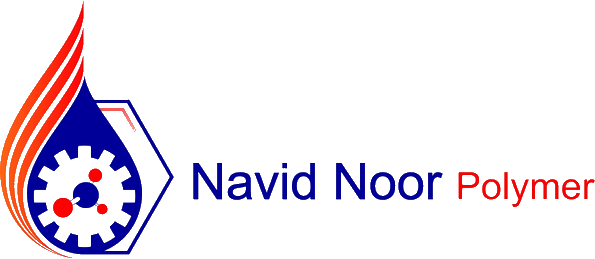
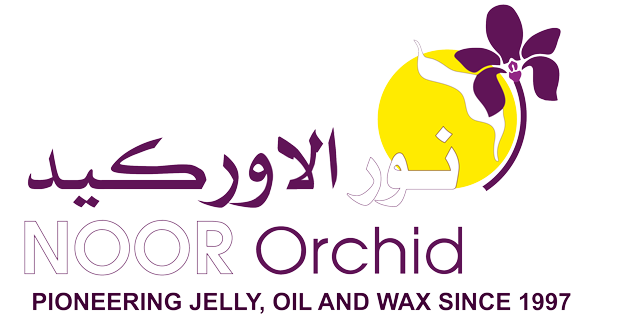





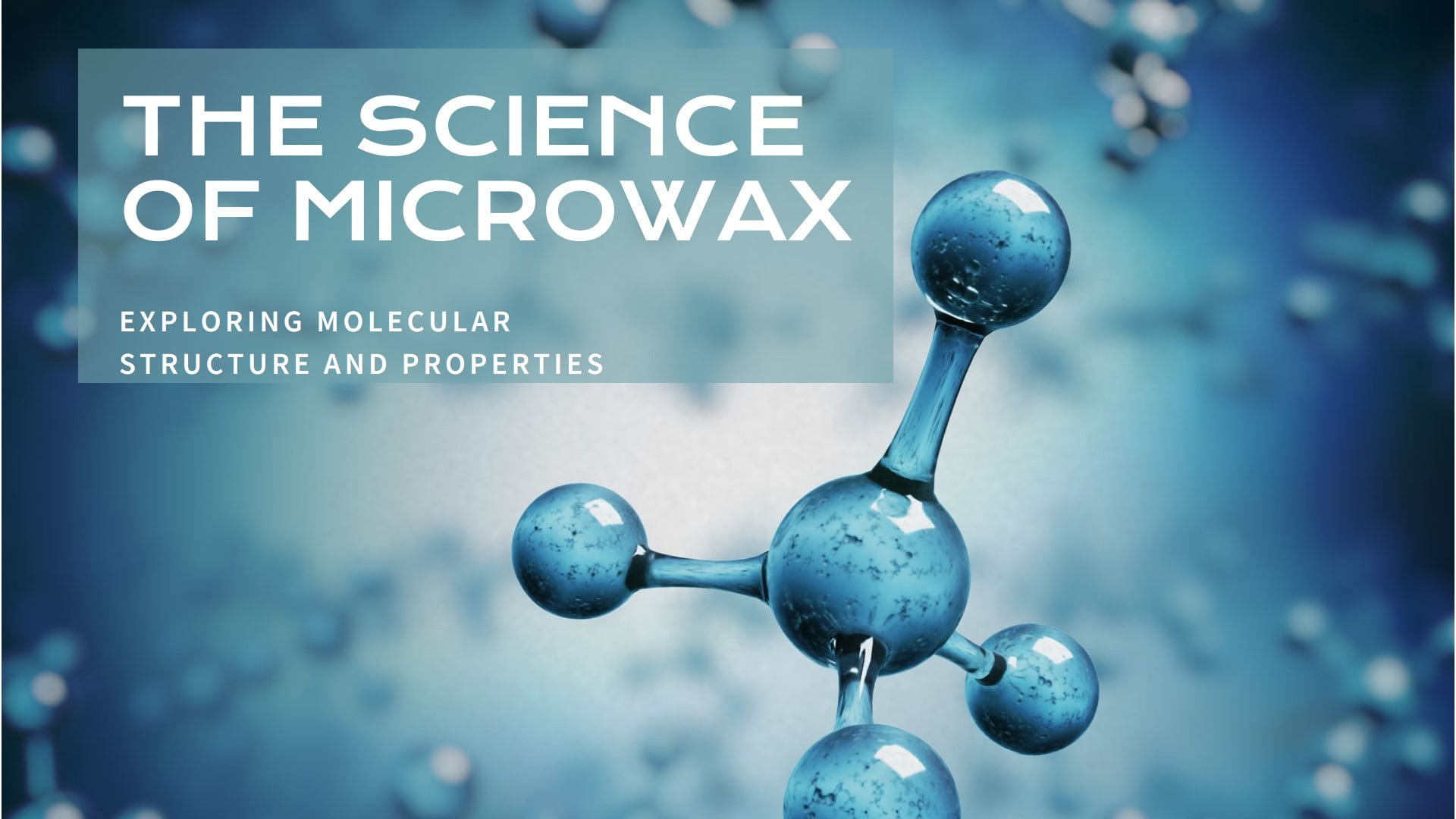

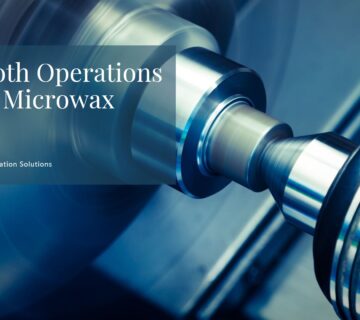
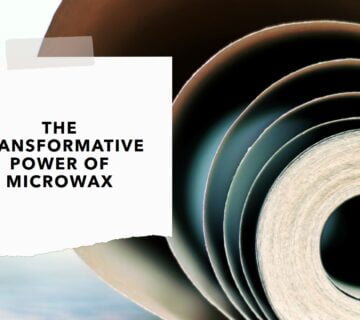
No comment